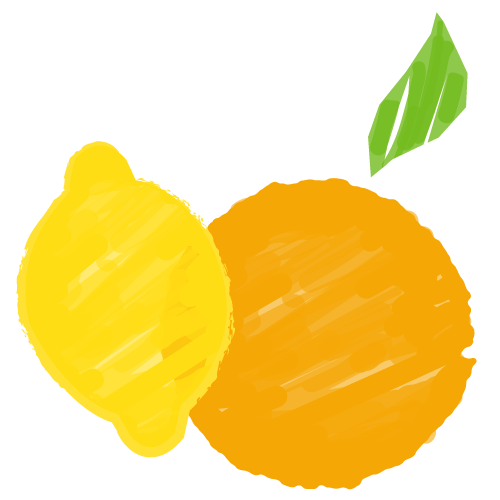All About Apple Seeds
For something that's so tiny, we sure do get a lot of questions about apple seeds! So here are the topline facts about the little sprouts:
While commercial apple trees aren't grown from seeds, they do play a critical role in fruit growth.
An apple is formed when an apple blossom is pollinated by traveling honeybees. If a particular apple blossom is well pollinated, the resulting piece of fruit will contain an average of 5-12 seeds regardless of the variety, and the piece of fruit can attain maximum size — other conditions including weather permitting.
The seeds are distributed among an apple's five seed chambers, called carpels, found near the core. Apples can't self-pollinate, so they must receive pollen from another variety of apple tree, transferred by bees. Pollen sticks to the bees' hairy legs when they land on one apple blossom to collect its nectar; when the bee moves to another flower, it deposits some of that pollen on the flower. A single bee can carry 100,000 pollen grains from flower to flower, cross-pollinizing as it moves from tree to tree.
Seed development in turn stimulates apple apple's tissue development, and specifically the tissue near the seed. If a blossom is poorly pollinated — for example, due to too-cool weather or too much rain, both of which can keep pollen-carrying honey bees away — fewer seeds will form, and the resulting fruit will be small in size. An apple with few seeds will likely "drop" (fall to the ground) before maturing. An apple that develops with more seeds on one side than the other will grow lopsided.
Related activities you can do at home or in school:
- Find the carpels: Cut an apple open horizontally. Do you see the chambers?
- Look for a lopsided apple: Cut it open -- you should find that the fuller side has more seeds in its carpels than the smaller side.
SOURCE: usapples.org, July 2007.
